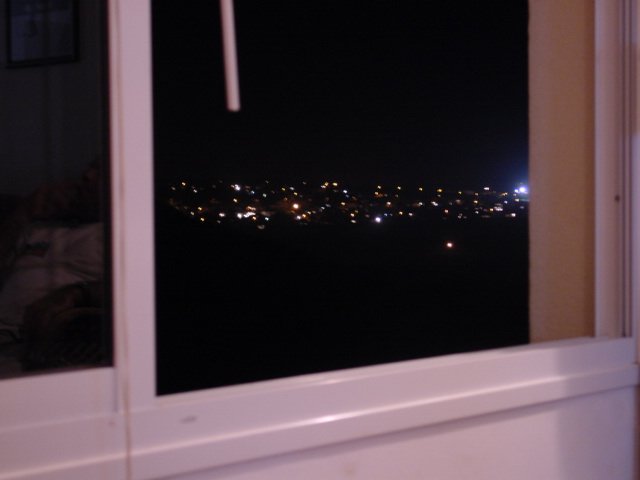August 10, 2001
Without much rest and still reeling from all of the events of yesterday, we rubbed the sleep from our eyes as we made our way from Birzeit. The scene at the Surda checkpoint (between Birzeit and Ramallah) was a lot calmer than yesterday. In Ramallah, we connected with our group; this was our first chance to go on one of the Birzeit-organized trips for the students in the PAS (Palestine and Arabic Studies) program.
The impressive Baha’i gardens of Haifa.
We made our way from Ramallah to Jerusalem (past the Orient House that was seized last night) and headed off to Haifa. We arrived at the Baha'i Temple - where Marthame had been with his family in April - to find the shrine closed for renovations. Still, the gardens and the view were spectacular.
Some of the Haifa murals.
We then met up with our guide for the next few days, a woman working for an organization called Ittijah that does advocacy work for Palestinians who are Israeli citizens (sometimes referred to as Arab Israelis). She told us a bit about Haifa's Arabic community (now down to only 8% of the population, a mere fraction of its pre-1948 population). One of the "co-existence" projects sponsored by the municipality of Haifa is an annual commissioning of artists to do work in the Arab neighborhood, along a "pathway of co-existence" tour. This is supposed to be an example of partnership and peace between Arabs and Jews. The idea seems great, however we learned that the project was created and executed without input from the Arab community. Installations are painted and placed on people’s houses without their consent - portraits of Russian-looking children, an Israeli flag with a mirror where the star of David usually resides, sculptures of naked torsos with babies chained to them; we suspect that these were often not the things that would appeal to an Arab aesthetic.
We also visited with a young, dynamic lawyer from Adalah, the Legal Center for Arab Minority Rights in Israel. He was quite impressive - very articulate, intelligent, and focused. We heard once again a call for the one-state vision of Jews and Arabs which has grabbed our attention more than once.
After our meeting, we enjoyed some pretty remarkable panoramas of Haifa and the Mediterranean Sea before heading off to Sakhneen, our resting place for the night (but we were far from resting yet). Sakhneen is an Arab town (approximately 25,000 people) in the Galilee, and it is is fairly typical of Arab villages within Israel. It sits in a valley, is succumbing to overcrowding, and is surrounded by Israeli all-Jewish "settlements" (it was the first time we heard this word applied to Jewish communities outside of the West Bank and Gaza). The similarities West Bank settlements (acknowledged internationally as illegal) and many of these communities within the state of Israel (particularly in the Galilee) were striking. In both the Occupied Territories and Israel, huge tracts of land were confiscated from Palestinian owners and put under Israeli control. This wholesale confiscation of land came mostly to a halt within Israel after 1976, when Palestinians organized widespread protests of the confiscation of their land. Twelve Arab Israelis were killed in the repression of the protest, and are still remembered as martyrs for Palestinian rights.
While confiscation in Israel mostly stopped then, the systematic repression and control of Palestinian lands continues, mostly through zoning laws (which Arab Israelis have very little influence on). For example, our hosts for the evening are living with their children in a house that is illegal according to Israeli law. They built it on land they own - no one disputes that, not even the courts - but it has been zoned for agriculture. The houses on all three sides of his are legal houses belonging to Palestinian Israelis within Sakhneen, but because the surveying maps have a tooth-saw cut, his house is built illegally. For years it has languished in the courts, put under demolition order, and he himself was recently taken off of 24-hour house arrest (now he’s confined to home at nights) - all a bit extreme for someone building on his own land, it seemed.
The lights of the nearby Israeli-only towns.
Meanwhile the lights of one of the nearby Jewish towns (built on land belonging to residents of Sakhneen) flashed through the window. He shared with us his vision of this place, one in which international borders (largely legacies of European colonial rule) break open and people in the Galilee can go to the markets in Beirut and Damascus. Naive perhaps, or visionary, but he brought it into our conversation as part of his memories of the not-so-distant past when his family had a stronger connection to those two cities than to Jerusalem.
We crashed in a beautiful hostel in the village which had - luxury of luxuries - air-conditioning!



